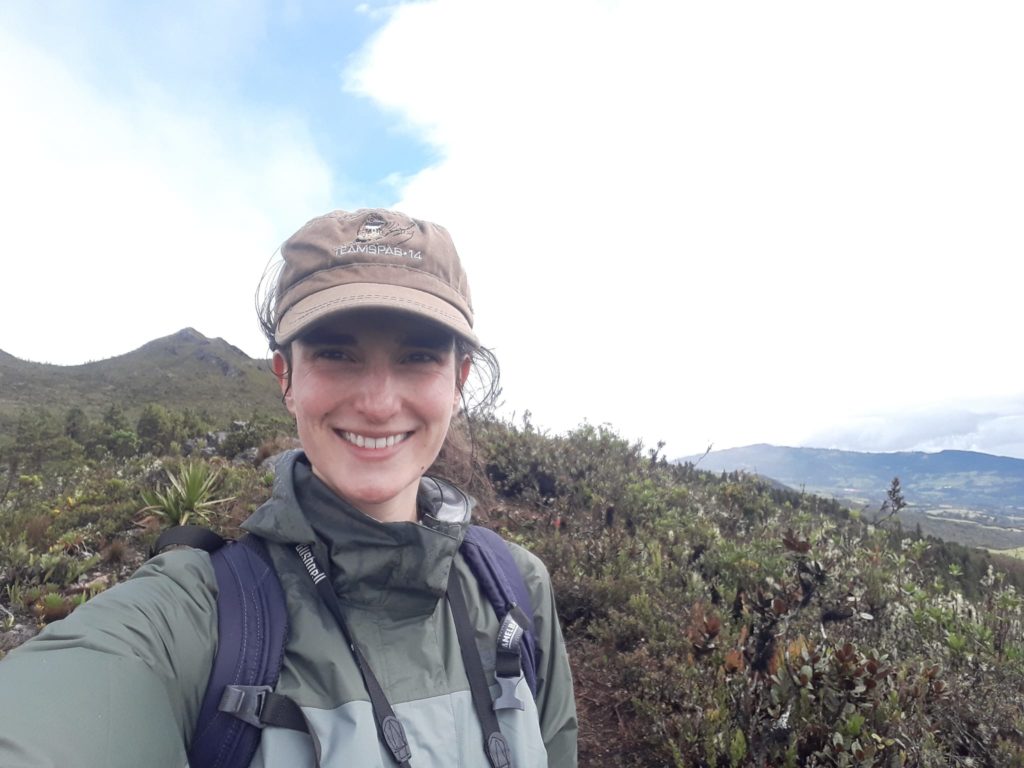I grew up looking at my mother tending the garden, reading my father’s precious bird guides, climbing trees and catching frogs with my siblings at night. When I was about ten, I adopted a manatee with my schoolmates after we learned they were threatened. At twelve, I wrote a letter to the president of Brazil at that time, expressing how I was worried by the destruction of the Amazon and asking him to do something about it. His response explained how he expected my generation to lead nature-based solutions that protected biological and cultural diversity. After that letter and during my education I steadily paved a path that dedicated my life to understanding nature and thinking about how we can protect it.

Studying biology was therefore a natural choice, and I was lucky to do so in the Universidad de los Andes in Bogotá, Colombia. Not only was it a wonderful programme, but I was located in one of the greatest and most exciting biodiversity hotspots on Earth. Learning from the variety of ecosystems that are sheltered by the Andes mountains, plus the lowlands of the Amazon and eastern savanna plains, I soon became interested in how animals move in these complex landscapes and what is the ecological outcome of their movement. Focusing mainly on birds, I have studied territorial behavior, foraging journeys and long-distance migration. Parallel to my research interests, I have also worked in searching for ways to communicate science through art and literature.
Now, I will start my PhD to carry out a dream project. My main objective is to model ecological connectivity for altitudinal migrants in tropical mountains and understand what type of landscape configurations are currently impeding their movement or will do so in the future with land use and climate change. I will be working with hummingbirds, which are one of my favorite groups, because they have marked altitudinal seasonality and are pollinators so they provide a key ecosystem service to natural areas.





















































